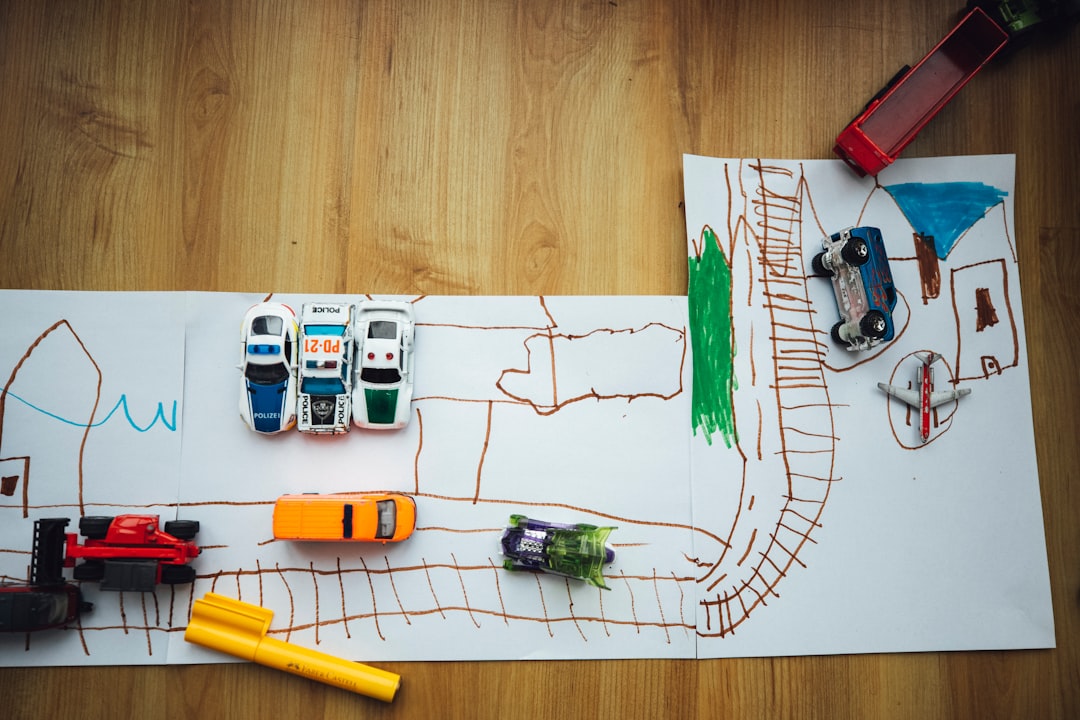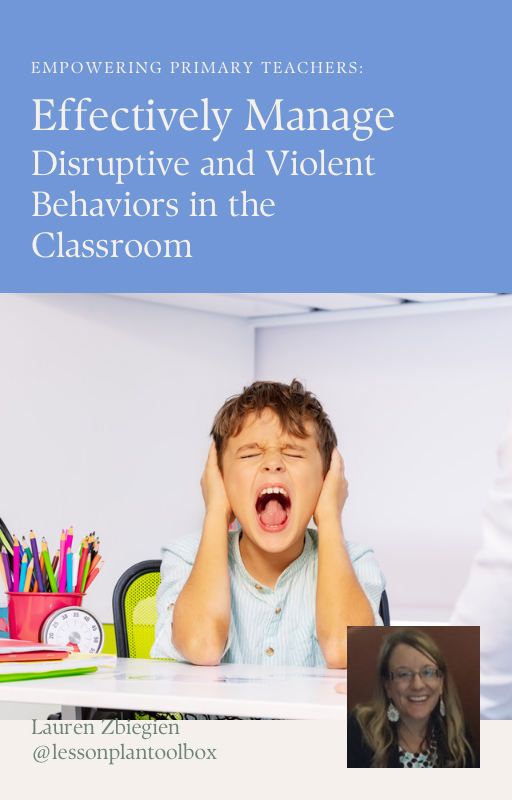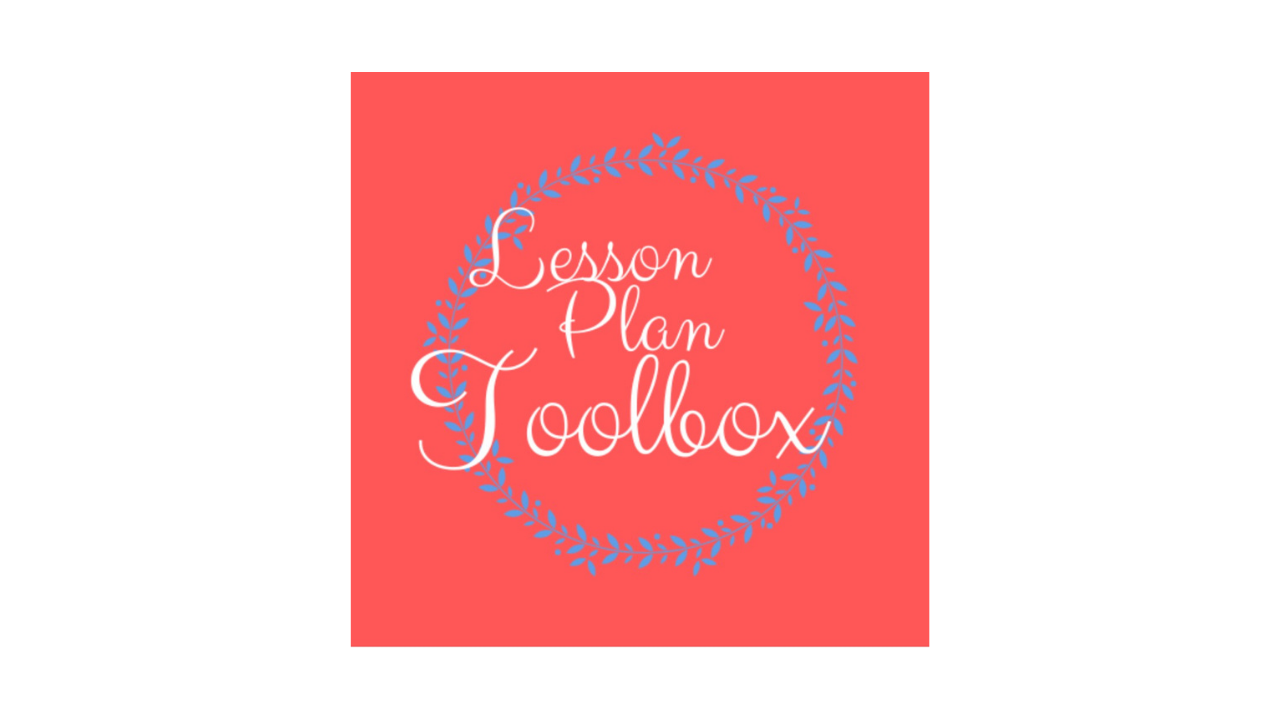
5 Proven Strategies to Create Independent Learners in Your Classroom
Click here to watch the YOUTUBE version of this post.
Welcome to our yearlong series on Classroom Management by Design for Primary Teachers. Each week we will give you a new piece to the classroom management puzzle to have in place when you need it this school year. Think of it as a Lego kit just waiting to be built.
Classroom Management by Design for Primary Teachers: 5 Proven Strategies to Create Independent Learners in Your Classroom
Welcome back to another episode of Classroom Management by Design for the Primary Teacher, where we tackle real challenges in primary education with practical, research-backed strategies. Today, we’re diving into a topic that I know so many of you struggle with—how to create self-sufficient students in the primary grades.
We all want students who can follow routines, problem-solve, and take ownership of their learning. But too often, we find ourselves answering the same questions, managing every small issue, and feeling like we’re doing more work than our students. If that sounds like you, don’t worry! By the end of this episode, you’ll have actionable strategies to empower your students to be independent, confident learners.

Why Self-Sufficiency Matters in Primary Grades
In the early years, kids are naturally curious and capable, but they also need structure and practice to become independent. When we foster self-sufficiency, we: ✔️ Reduce interruptions and constant teacher-dependence
✔️ Build confidence in students to try, fail, and try again
✔️ Free up instructional time for deeper learning and engagement
✔️ Develop executive functioning skills that set students up for long-term success
The goal isn’t to abandon them but to equip them with the skills to navigate their learning without constantly relying on us.

Step 1: Teach, Model, and Reinforce Classroom Routines
Young learners thrive on predictable structures—but independence doesn’t happen just because we tell them what to do. We have to explicitly teach routines, model them, and reinforce them consistently.
Try This: 🛠️ Break down every routine into clear, simple steps (lining up, packing up, turning in work).
🔁 Use a “See It, Say It, Do It” method: Model the routine, describe what’s happening, and have students practice it. 🎯 Make it visual! Anchor charts, picture directions, or step-by-step cue cards help remind students what to do.
Remember: The more you frontload clear expectations, the less you’ll have to remind them later!

Step 2: Build a Culture of Problem-Solving
We’ve all had students who immediately raise their hand and say, “Teacher, I don’t get it!” before even attempting a task. That’s a learned behavior—and we can replace it with one that fosters problem-solving.
Try This: 🛑 Introduce the “3 Before Me” rule—before asking the teacher, students must try three things:
Look at the board or anchor charts
Ask a classmate
Try again on their own
💡 Use a “What’s My Next Step?” board. If a student is stuck, have them check the board for problem-solving prompts before coming to you.
🔄 Normalize mistakes by celebrating persistence and effort: “I love how you tried two strategies before coming to ask me! What else could we try?”

Step 3: Foster Independence Through Classroom Jobs
One of the simplest ways to encourage self-sufficiency is by giving students real responsibility in the classroom.
Try This: ✅ Assign meaningful, rotating classroom jobs—materials manager, tech helper, line leader, clean-up captain.
✅ Give students ownership over their space—have a “Help Yourself” station with extra supplies so they don’t ask you for pencils, paper, or tissues. ✅ Teach them to track their own learning with goal-setting charts or checklists.
When students take ownership of their environment, they take ownership of their learning, too.

Step 4: Create Structured Choices
We can build independence by giving students the power to choose, but within clear and structured limits.
Try This: 🎭 Offer choice boards for activities—students pick between writing a letter, drawing a comic, or recording a video for a response.
🔄 Use “Must-Do / May-Do” lists—students complete required tasks first, then choose from approved enrichment activities. 🔢 Try flexible pacing—some students may need extra time, while others move on to challenge work.
Structured choice gives students control without chaos!

Step 5: Use Reflection to Strengthen Self-Sufficiency
We can’t just hope students become independent—we need to teach them to recognize their own growth and learning.
Try This: 🔄 End the day with a quick “What did I figure out on my own today?” reflection. 📚 Use exit tickets where students jot down one thing they did independently. 🎤 Have peer partners share a time they problem-solved without asking for help.
When students see their own progress, they become more motivated to keep trying on their own.

Final Thoughts: Progress Over Perfection
Creating self-sufficient students isn’t about flipping a switch—it’s about small, intentional changes that lead to long-term growth. If you start with one strategy at a time, you’ll see more confidence, problem-solving, and independence in your classroom.
So here’s my challenge for you: This week, pick ONE of these strategies and commit to it. Whether it’s reinforcing a routine, introducing “3 Before Me,” or setting up a classroom job system, start small and stay consistent.
Remember: Every little step toward independence helps your students—and YOU.
That’s it for today’s episode of Classroom Management by Design for the Primary Teacher! If you found this helpful, share it with a fellow teacher who could use some support, and don’t forget to subscribe for more practical strategies! Until next time, keep empowering those little learners!
Manage Student Behavior in 5 Minutes a Day!
Do you see student behavior going through the roof right about now?
Have you tried EVERYTHING and NOTHING seems to work?
Trust me, I've been there!
This is EXACTLY why I created The Student Behavior Scenario of the Day Cards for primary teachers. You will improve student behavior AND your classroom management in just 5 minutes a day!
As teachers, we can't assume that students know how to behave or what is expected of them and so often that is where things go wrong for us. (We all know what happens when we ''assume", but yet we still do it anyway.)
These cards changed EVERYTHING for me in the primary classroom because students LOVE talking about behavior AND they want to meet your expectations.
Best of all, each card has scenario of the day, reflection questions, and possible consequences that teachers can use in each situation.
GRAB YOUR FREE SAMPLE HERE: Student Behavior Scenario of the Day Cards
DID YOU KNOW…
Did you know I organize a FREE Facebook Group for Mastering Classroom Management? We are gearing up for our school year quarter sessions, so if you’re looking for a simple way to improve your classroom management join the already 200+ teachers that have signed up: Mastering Classroom Management Facebook Group
Your ebook GIFT: Empowering Primary Teachers: Effectively Manage Disruptive and Violent Behaviors in the Classroom

FINALLY…
If you enjoyed the tips in this post, you might also enjoy this series of videos Classroom Management by Design for Primary Teachers:
Unlock the Key to Supporting Neurodivergent Learners - Without Overwhelm
Finished Early? Now What? 10 Brilliant Ways to Keep Students Engaged Without the Chaos
A Guide to Creating an Intrinsically Motivated Classroom
Expanding AI's Role in the Primary Classroom
Unlock the Power of AI in the Primary Classroom
Supporting a Student Being Bullied
What to do With a Bully in the Primary Classroom
Don’t forget to follow us over on Instagram!
Teach~Relax~Repeat
Lauren

